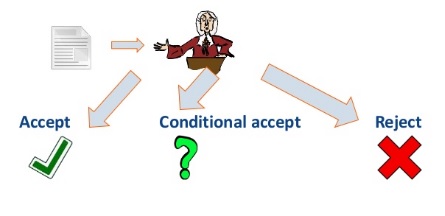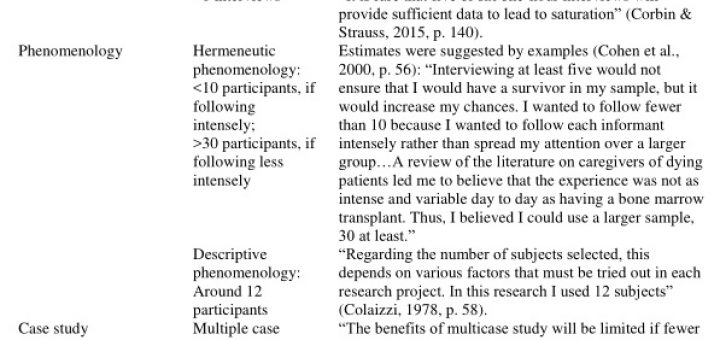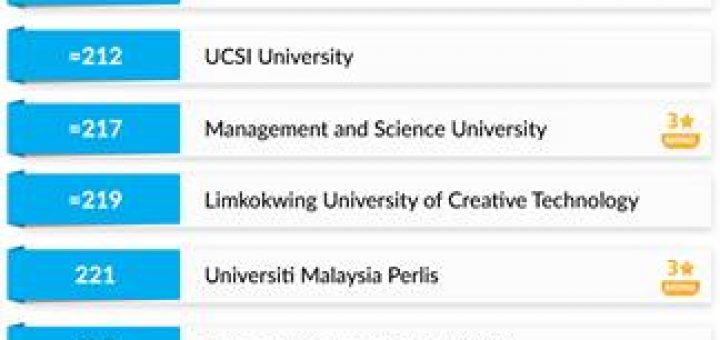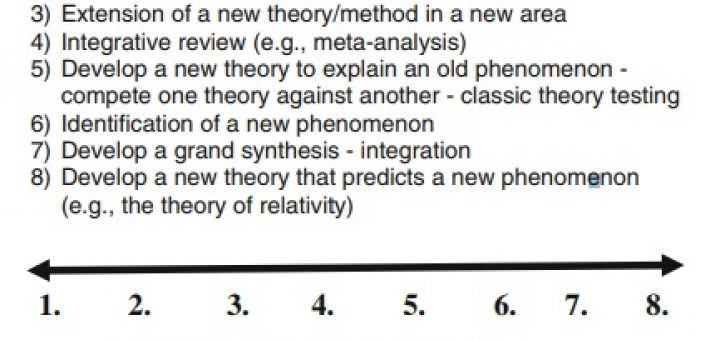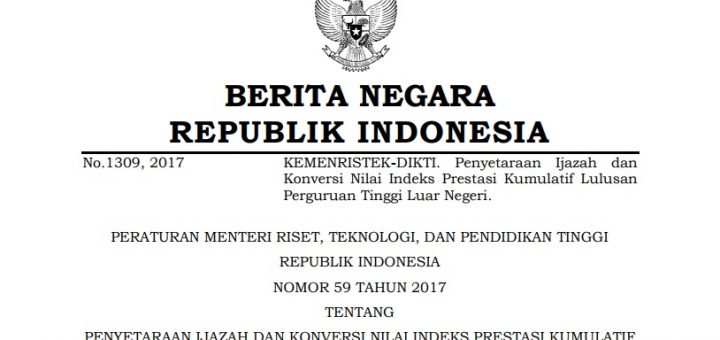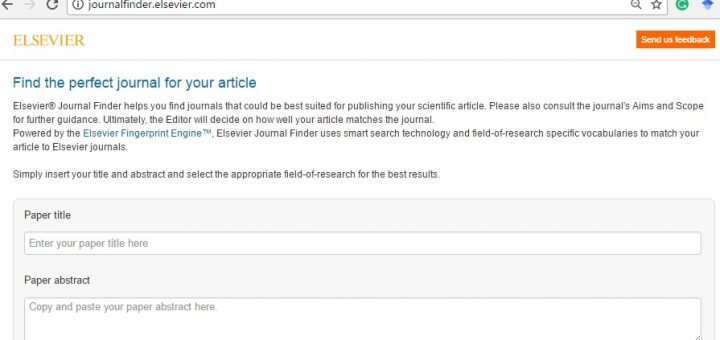Apa itu ISI-Journal
ISI-Journal: Institute for Scientific Information Journal Sekarang dikendalikan oleh Clarivate Analytics Dahulunya, Clarivate Analytics adalah di bawah Thomson Reuters Thomson Reuters adalah perusahaan yang mengelola THE World University Rankings Syahrir Bin Zaini


